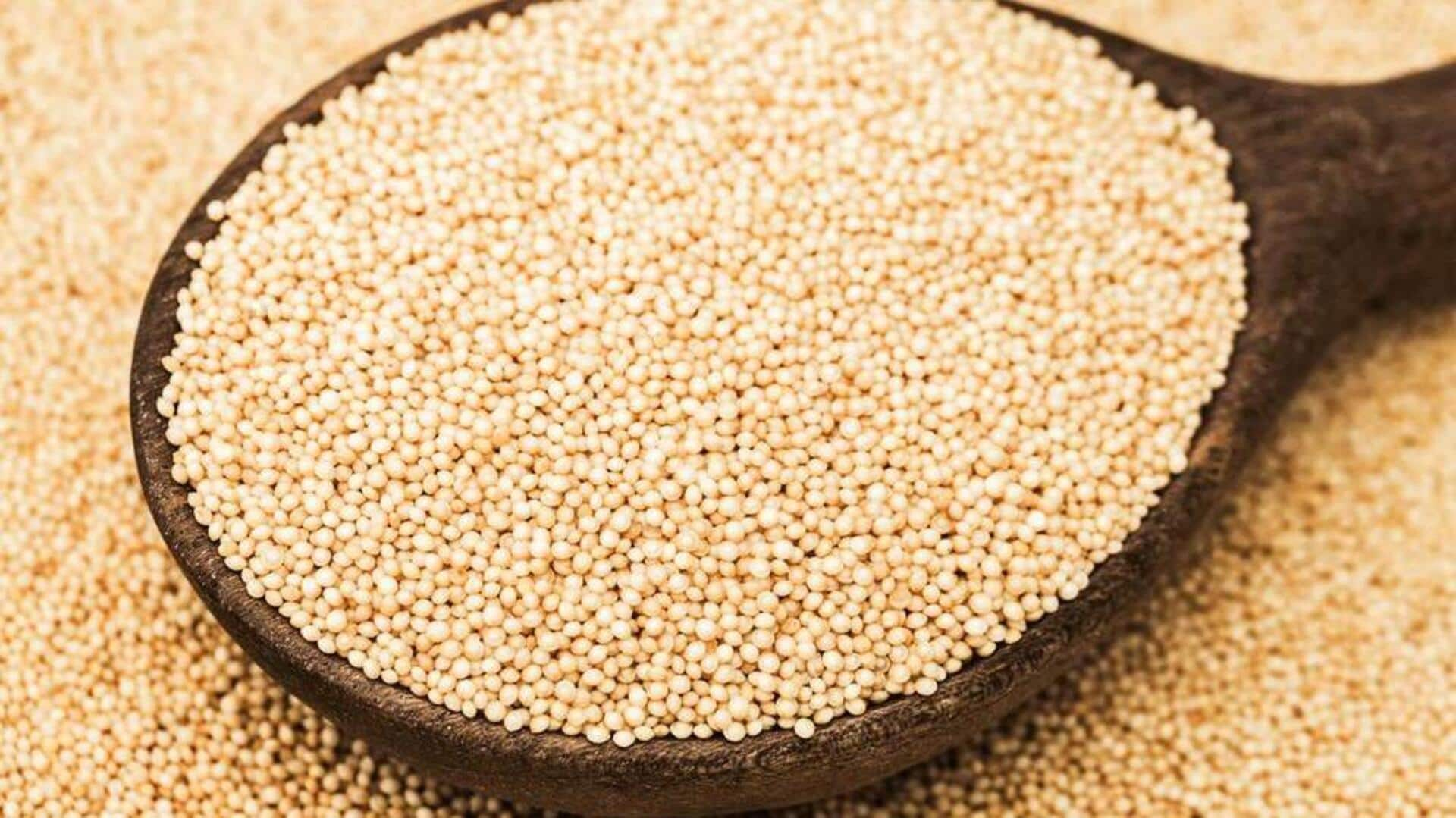
Amaranth v/s buckwheat: Comparing their nutrition
What's the story
Amaranth and buckwheat are two pseudo-grains that have gained popularity for their nutritional benefits. Although both are gluten-free and packed with essential nutrients, they differ in their nutrient profiles. Knowing these differences can help you make informed dietary choices. Here, we take a look at the nutritional differences between amaranth and buckwheat, their protein, fiber, vitamins, and minerals content.
#1
Protein content comparison
Amaranth has a higher protein content than buckwheat. It contains around 13% protein by weight, while buckwheat has around 11%. The proteins in both grains are complete, which means they provide all the essential amino acids required by the body. However, amaranth's higher protein content may make it a better choice for those looking to up their protein intake through plant-based sources.
#2
Fiber richness explored
Both amaranth and buckwheat are high in fiber, which aids in digestion and stabilizes blood sugar levels. Amaranth has around seven grams of fiber per 100 grams, while buckwheat has about 10 grams per 100 grams. The higher fiber content of buckwheat may make it a better option for those looking to improve their digestive health or maintain a healthy weight.
#3
Vitamin content analysis
Amaranth is rich in vitamins A and C, which are important antioxidants that help protect cells from damage. It also provides vitamin E in smaller amounts. Buckwheat is also a good source of B vitamins, especially niacin (vitamin B3) and riboflavin (vitamin B2), which are important for energy production and brain health. Both grains make valuable contributions to your daily vitamin intake.
#4
Mineral presence examined
Both amaranth and buckwheat are rich in minerals such as iron, magnesium, phosphorus, zinc, copper, manganese, and potassium. However, amaranth stands out with its higher calcium content, which is important for bone health. Buckwheat, on the other hand, has more phosphorus, which is important for energy production and bone health. Choosing between them may depend on your specific mineral needs.